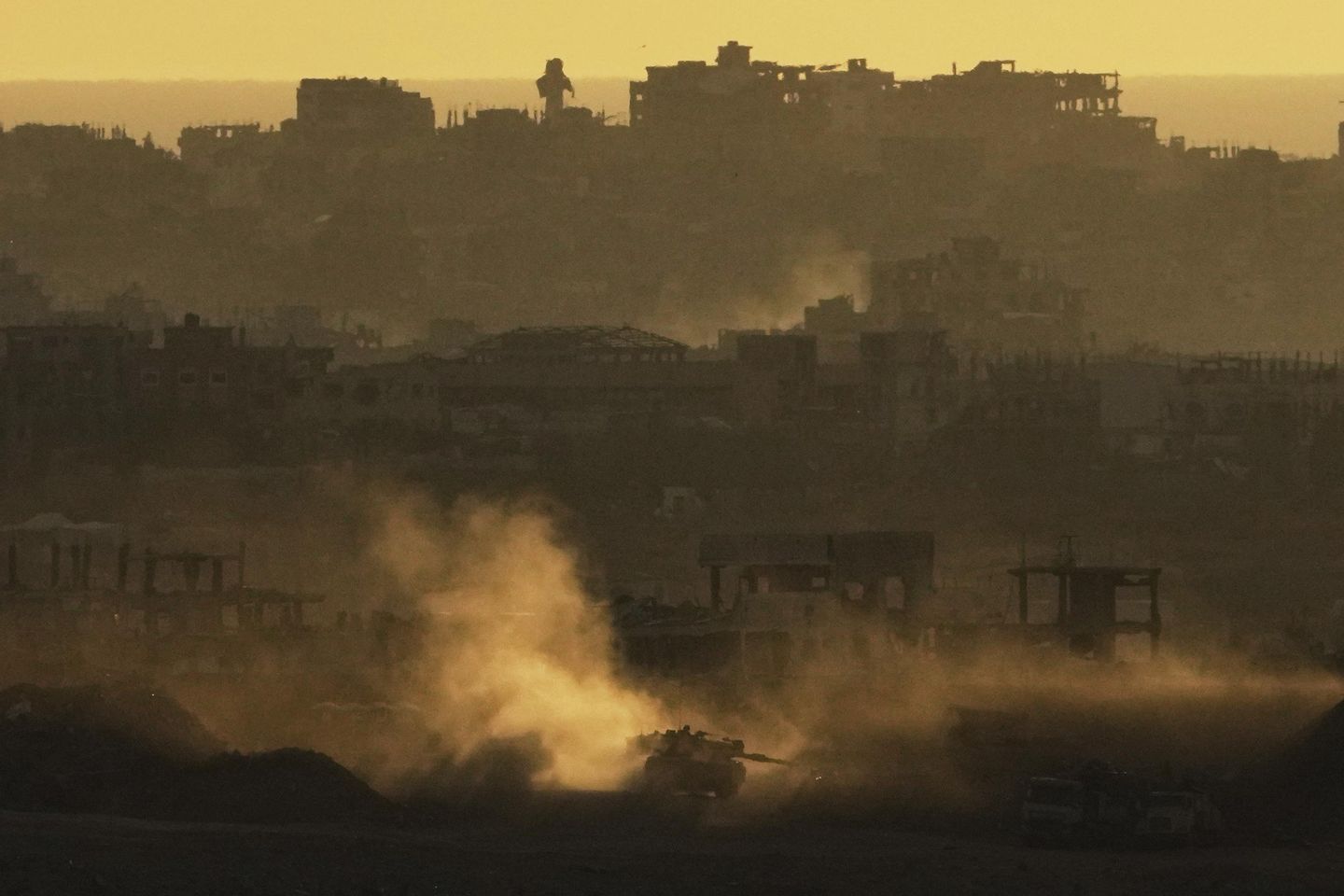
TEL AVIV, Israel — Israel approved plans Monday to seize the Gaza Strip and to stay in the Palestinian territory for an unspecified amount of time, two Israeli officials said, a move that, if implemented, would vastly expand Israel’s operations there and likely draw fierce international opposition.
The new plan, which was approved in an early morning vote by Israeli Cabinet ministers, also calls for hundreds of thousands of Palestinians to move to Gaza’s south. That would likely amount to their forcible displacement and exacerbate an already dire humanitarian crisis.
Details of the plan were not formally announced, and its exact timing and implementation were not clear. Its approval came hours after the Israeli military chief said the army was calling up tens of thousands of reserve soldiers. The plan may be another measure by Israel to try to pressure Hamas into making concessions in ceasefire negotiations.
A third person, a defense official, said the new plan would not begin until after U.S. President Trump wraps up his expected visit to the Middle East next week, allowing for the possibility that Israel might agree to a ceasefire in the meantime. All three officials spoke on condition of anonymity because they were discussing military plans.
The plan emerged on the same day that Israel’s military said it carried out airstrikes against Houthi rebels in Yemen’s Red Sea city of Hodeida. Those strikes came a day after the Iranian-backed rebels launched a missile that hit Israel’s main airport.
Israel withdrew from Gaza in 2005 after a decades-long occupation and then imposed a blockade on the territory along with Egypt. Capturing and potentially occupying the territory again for an indefinite period would not only further dash hopes for Palestinian statehood, it would embed Israel inside a population that is deeply hostile to it and raise questions about how Israel plans to govern the territory, especially at a time when it is considering how to implement Trump’s vision to take over Gaza.
Since Israel ended a ceasefire with the Hamas militant group in mid-March, Israel has unleashed fierce strikes on the territory that have killed hundreds. It has captured swaths of territory and now controls roughly 50% of Gaza. Before the truce ended, Israel halted all humanitarian aid into the territory, including food, fuel and water, setting off what is believed to the be the worst humanitarian crisis in nearly 19 months of war.
The war began when Hamas-led militants attacked southern Israel, killing 1,200 people and taking about 250 hostages. Israel says 59 captives remain in Gaza, although about 35 are believed to be dead.
Israel’s offensive has displaced more than 90% of Gaza’s population and, Palestinian health officials say, killed more than 52,000 people there, many of them women and children. The officials do not distinguish between combatants and civilians in their count.
At least 42 people were killed by Israeli strikes from Sunday through Monday afternoon, according to hospitals and the Palestinian Health Ministry in Gaza. The Israeli military offered no immediate comment on the strikes.
Prime Minister Benjamin Netanyahu said Monday cabinet ministers had decided on a “powerful operation in Gaza,” including “a movement of the population to protect it.”
The plan also imposes Israeli control over aid distribution. Israel accuses Hamas of diverting aid for its own use or to distribute to strengthen its rule in Gaza, though Israel has not provided evidence. A spokesman for the U.N. humanitarian office, Jens Laerke, denied there was significant diversion of aid, saying the U.N. employs “a solid system to monitor and prevent” such theft.
The officials said Israel was in touch with several countries about Mr. Trump’s plan to take over Gaza and relocate its population, under what Israel has termed “voluntary emigration.” That proposal has drawn widespread condemnation, including from Israel’s allies in Europe, and rights groups have warned it could be a war crime under international law.












